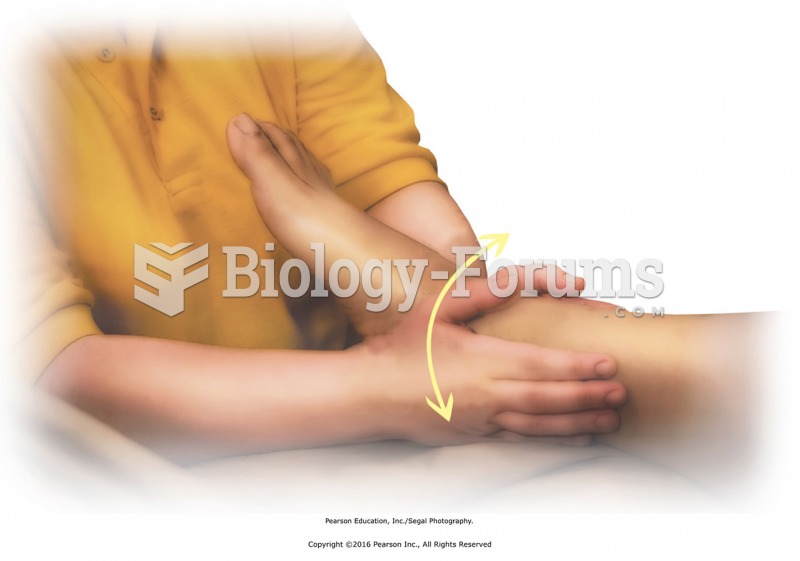This topic contains a solution. Click here to go to the answer
|
|
|
Did you know?
Approximately one in three babies in the United States is now delivered by cesarean section. The number of cesarean sections in the United States has risen 46% since 1996.
Did you know?
Asthma cases in Americans are about 75% higher today than they were in 1980.
Did you know?
HIV testing reach is still limited. An estimated 40% of people with HIV (more than 14 million) remain undiagnosed and do not know their infection status.
Did you know?
If all the neurons in the human body were lined up, they would stretch more than 600 miles.
Did you know?
The people with the highest levels of LDL are Mexican American males and non-Hispanic black females.







